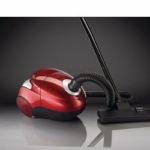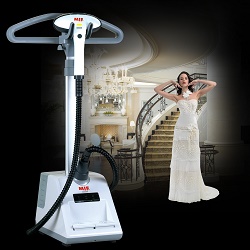How to clean the filter from the vacuum cleaner
The vacuum cleaner is one of the most necessary household appliances. Without it, as a rule, not a single house cleaning. In order for the device to work smoothly, you need to promptly clean its filters. How exactly to do this and whether it is possible to wash the vacuum cleaner filter at all, directly depends on what type it is. Consider the types of filter elements and possible ways to clean them.
Types of filters
Vacuum cleaners usually use several filters:
- primarydesigned to collect large particles of dust and debris;
- ner, designed to collect microparticles, the size of which does not exceed 0.3 microns.
Their use in vacuum cleaners is prerequisite. This is due to the fact that they not only remove dirt, but also prevent dust particles from entering the device’s engine,thereby prolonging its service life.
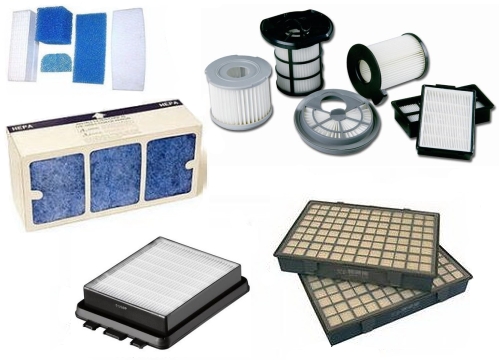
Nera
Air Purification Filters from the smallest particlescalled nera. They are of two types:
- Disposablefor which paper is used. Such nera, contrary to their name, can be used far more than once. They can not be washed, but can be cleaned in other ways, for example with a jet of compressed air. However, this method allows to increase the efficiency of dust absorption only up to 80%. 100% of the result allows you to achieve only their replacement. The disadvantage of this type of filter element is the need for constant spending on components. In addition, after each cleaning, it is necessary to check the paper filter for the presence of wet places on it, since it is in them that germs, fungal spores and molds develop.
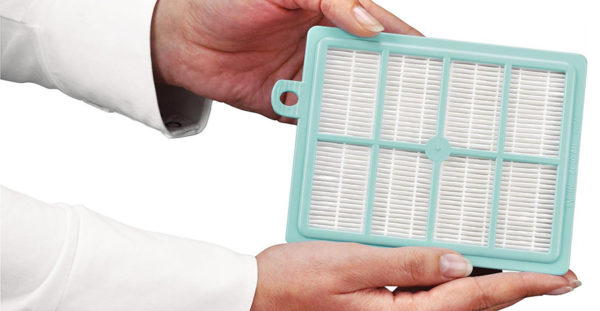
- Reusablefor the production of which polymeric materials are used. First of all, they differ from disposable ones in that they can be washed. However, even they are not completely safe and eternal. This is due to the fact that all harmful bacteria and microbes develop in such a manner inside the polymer material, while it can only be washed with water outside.
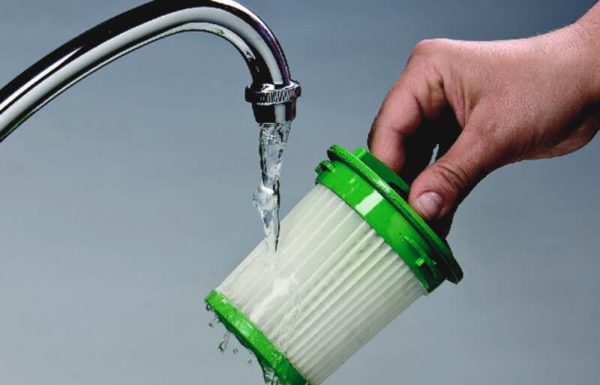
Primary
Primary filters designed to collect debris and large dust particles are divided into the following types:
- Bagwhich can be both from fabric, and from paper. Depending on the material, such a filter can be either disposable or permanent. Disposables are subject to regular replacement, while permanent ones have a longer service life. Disposable filters are cleaned by shaking, knocking out or purging, and permanent ones are washed and dried.
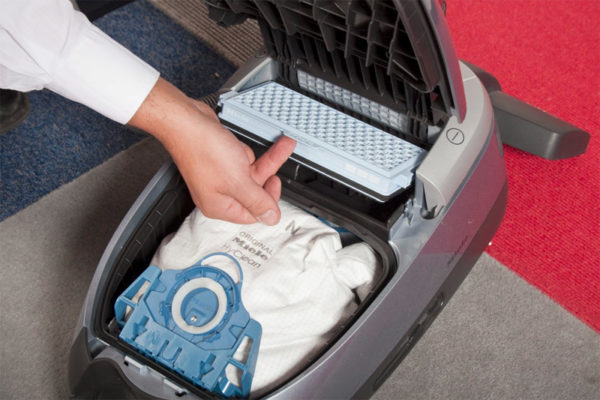
- Aqua filterwhich consists of a container and an. It is cleaned as follows: the container is washed, and it is not washed and dried, or vacuumed and set in place.
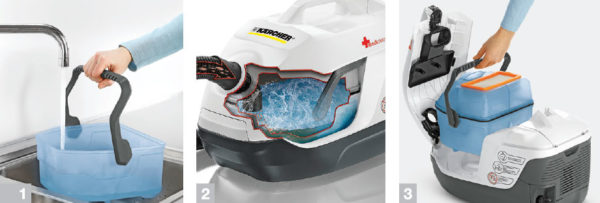
- Cycloneconsisting of a container for collecting large debris, dust particles and waste. Such a filter should be cleaned after each use of the vacuum cleaner. To do this, the container is released, and the filter, depending on its type, is washed or purged.
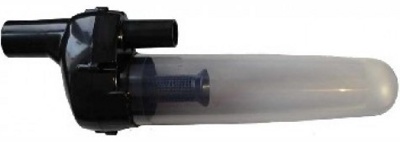
Ways to clean them
In industrial and some expensive models of vacuum cleaners built-in automatic cleaning filter. Nevertheless, even in them, during the active operation of a vacuum cleaner, it becomes clogged and for its cleaning it is necessary to resort to manual methods. These include:
- washing and washing;
- blowing, shaking out and knocking out.
It is possible to expose washing only reusable filtering elements, paper is not allowed to wet. For their cleaning resort to knocking, shaking out, blowing.
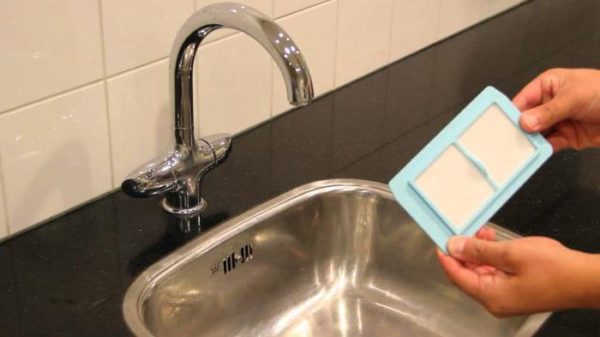
Moreover, this should not be done indoors, since the dust particles and microbes that are released during this cleaning process can cause significant harm to human health.
When washing, you need to strictly follow the instructions manufacturer. Due to the fact that even with timely cleaning of filters from contamination, various kinds of microbes can form and develop on them, they must be replaced in time.
Conclusion
Filter elements in a vacuum cleaner play a significant role. They protect the device's motor from being clogged by dust. During operation, they can become clogged, resulting in at best significantly reduced vacuum cleaner suction powerand at worst it will simply break. To improve the suction power, it is necessary to clean the filter elements. Such an action can increase the force of retracting up to 80%, while 100% of the result will be given only by their complete replacement.

/rating_on.png)
/rating_off.png)






